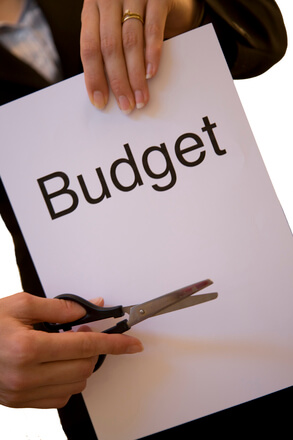Last month, I suggested that the newly created Let’s Move, Active Schools initiative offered physical educators a special, necessary, but time-limited chance to transform K-12 physical education. I’m optimistic that some teachers will respond to this challenge, but concerned that for far too many business will continue as usual. It worries me when colleagues assume that physical education’s future in public education is somehow guaranteed. It isn’t. Ask any of the dozens of teachers around the country whose programs and positions have been cut in the past few years.

Like most of us, those teachers assumed their jobs were secure until suddenly, and often with little warning, they found themselves victims of the current obsession to raise academic scores, or victims of budget cuts resulting from the economic recession. Too late and without much support they protested their relevance. Instead, they discovered that many education decision-makers neither appreciated nor valued physical education’s contribution to children’s education. Like switchboard operators, typists, milkmen, travel agents, elevator operators, and others in vanishing professions, these unfortunate physical educators learned that nothing lasts forever.
Physical educators are forever destined to be the victims of the decision-making whims of others unless we show more initiative in shaping our professional future. It was this desire that motivated the creators of NASPE’s PE2020 initiative that began in 2011 with a national forum at the San Diego national AAHPERD Convention. The resulting recommendations proposed a framework for futuristic thinking. Since then, some of the suggestions have contributed to a rethinking about where physical education should be headed.
A persistent problem, however, is that most of us are only happy to discuss change when others have to do the changing. We’re much less enthusiastic about changing what we do ourselves. Rather than becoming the change we want to see, it’s easier to become obstacles in the path of those trying to move the profession forwards. Whether or not Let’s Move, Active Schools succeeds will be testimony to our professional adaptability. The consequences of failure could be serious. If we allow others to become responsible for promoting school-wide physical activity, it’s quite possible that before 2020 many more physical education teachers could find themselves replaced.
At the recent Charlotte AAHPERD Convention, invited presenters shared their personal perspectives on the five areas of focus in the earlier PE2020 recommendations. Some of the slide shows and presentation notes are posted on the convention website. Videos of the presentations will be added once edited.
For those in attendance, it was an interesting glimpse into future possibilities. It was also exciting to hear and see examples from around the country of new and innovative approaches to teaching physical education. But what especially struck me was the importance for all of us to accept our personal responsibility for this journey. It’s both unrealistic and naive to think that NASPE, AAHPERD, a state organization, or anyone else will take care of us. They won’t, and indeed they can’t.
Each of us faces unique circumstances, challenges, and opportunities that we need to respond to if we want to avoid uncertain consequences. Some things about the future are certainly unpredictable, but not everything. A lot we do know.
Recently, I had the wonderful opportunity to attend a meeting of state stakeholders sponsored by the Michigan Fitness Foundation. Gathered together in the Governor’s Mansion in Lansing, discussion focused on planning a roadmap forward for physical education and physical literacy in Michigan. Participants heard about trends likely to impact public school physical education in the next 20 or so years, then imagined how they would like physical education to look.
This strategy typically referred to, as “scenario planning,” is common among business and government groups motivated to prepare themselves for successful futures. By creating a rich narrative of how physical education would ideally look many years ahead, it becomes easier to set and target the “steps-to-success” together with a realistic timeline and measurable outcomes.
Thinking about physical education’s future is more important today than ever before. We are immersed in an era of rapid change. America’s dominance as a world leader is less assured as the global economy expands and developing nations compete with us for business and influence. Medical, scientific, and technological innovations are occurring at breakneck speed.
Preparing our children with the skills and knowledge to succeed in the future is heightening pressures on public education and school administrators. Instead of simply wondering what physical education will look like in the future, a question we might ponder is whether physical education has a future in public education, and if so what it will look like.
Although it may be true that nothing lasts forever, for the time being the future of physical education depends on each of us and what we do today.
